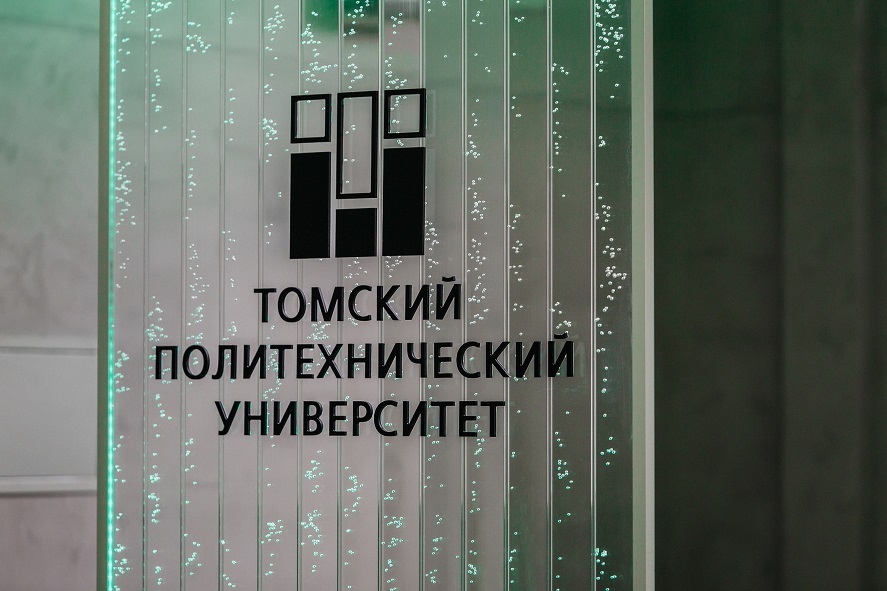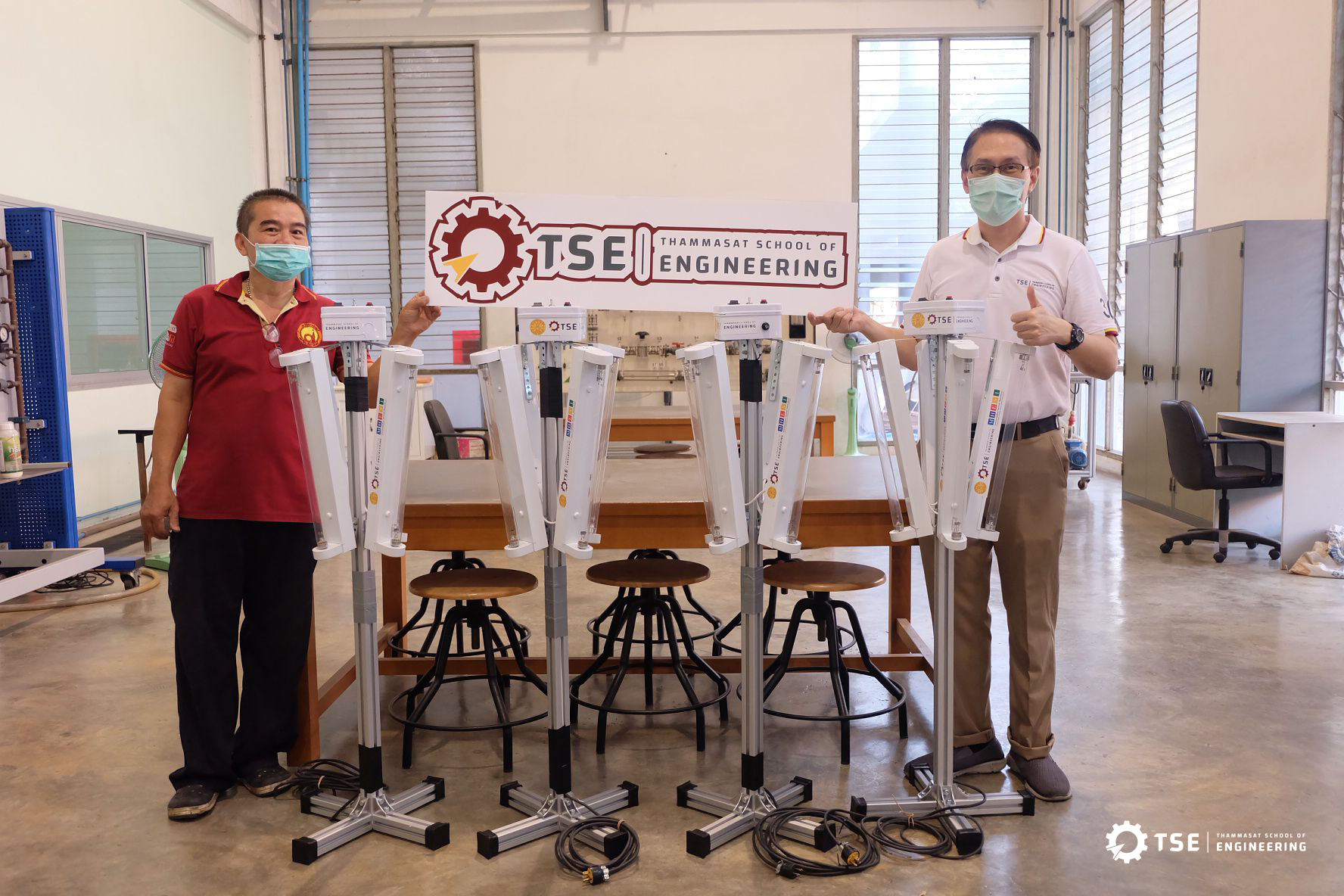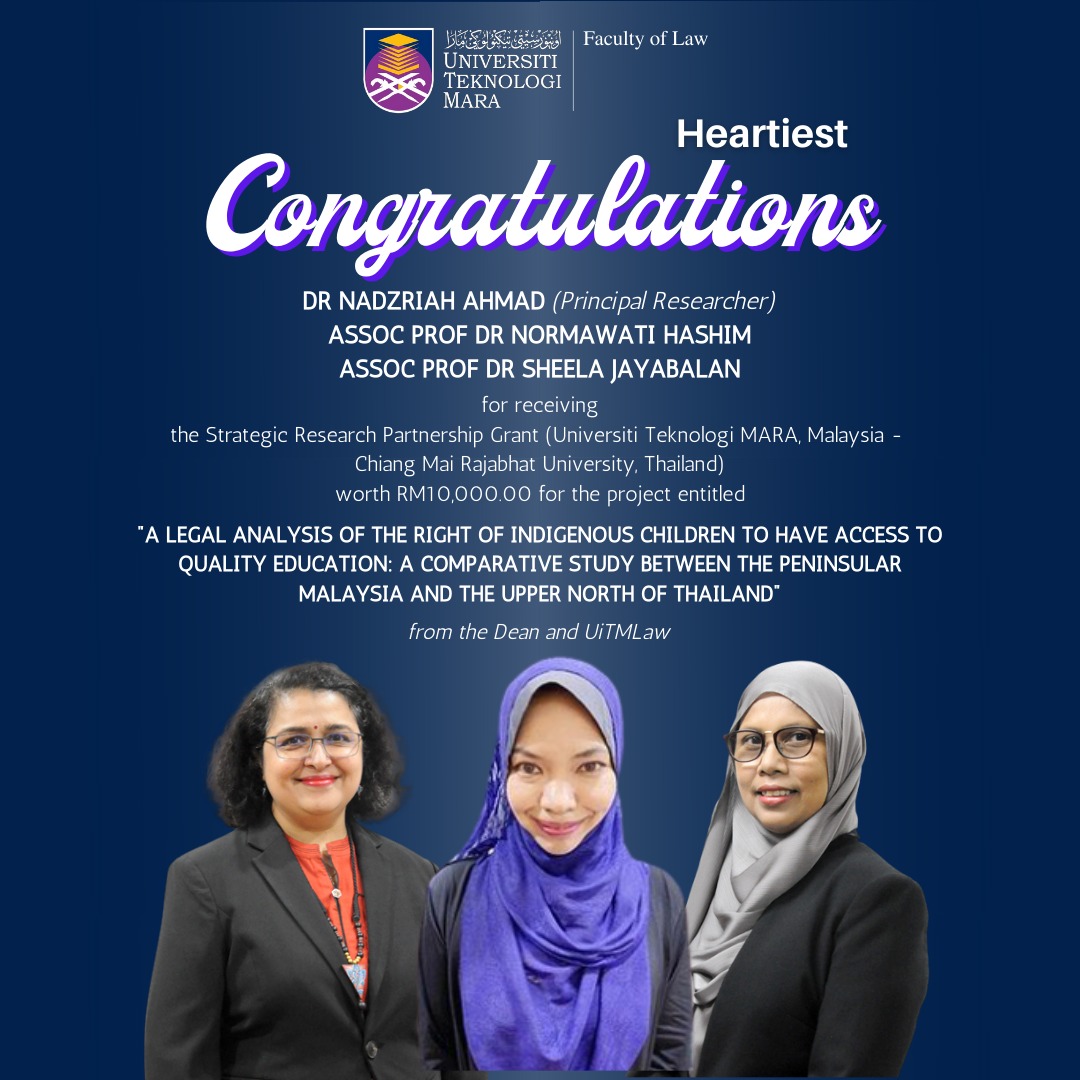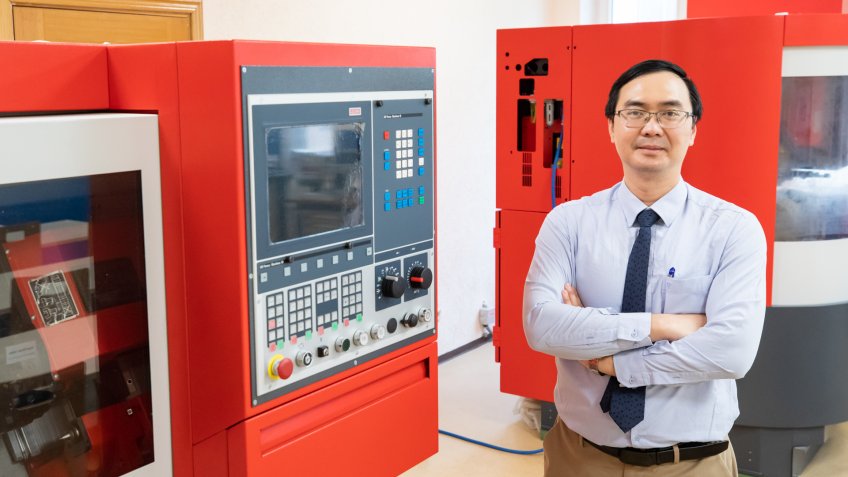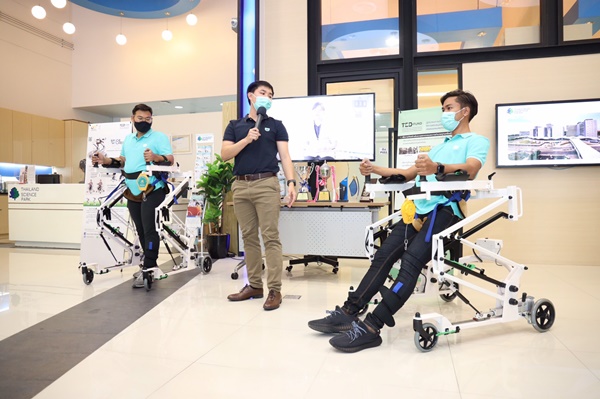Drones could soon be adopted as essential tools for various agricultural tasks; however, with respect to their use in farm management, research is still lacking. To address this issue, researchers in Japan compared drones to well-established technologies for spraying pesticide over rice paddy fields.
Using statistical data, the researchers explore both advantages and limitations of drones and whether they currently offer an edge regarding costs, capacity, and management efficiency.
“Following recent technological demonstrations and verifications at field sites, there is an increasing need for farm management research of smart agricultural technology including cost and efficiency analyses; this is essential for its implementation in farms,” explains Yuna Seo, who is Junior Associate Professor at Tokyo University of Science, Japan.
In an effort to address this knowledge gap, Seo led a recent study published in MDPI’s
Sustainability in which she, with her student Shotaro Umeda, compared different pesticide spraying technologies using realistic data.
More specifically, the researchers evaluated and compared the costs, working capacity, and management efficiency of drones versus remote-controlled (RC) helicopters and tractor-mounted boom sprayers for preventively spraying pesticides over rice paddies. They made these comparisons for seven different paddy field areas to take into account differences in scale for each method.
In terms of pest-control costs, the UAVs were only slightly less expensive per unit area than the boom sprayers, mainly due to the low price of drones and savings in fuel. In this regard, the RC helicopters were much more expensive.
“Although the purchase cost of boom sprayers is almost double that of UAVs, the fixed costs of both end up being similar because of the high operation, maintenance and repair costs of drones, which are notorious obstacles in UAV introduction and adoption,” remarks Seo.
As for the working capacity, RC helicopters could cover much more area per hour than both drones and boom sprayers. Still, drones had a slight advantage in daily area coverage over boom sprayers.
Finally, to explore the management efficiency of each method, the researchers used a technique called “data envelopment analysis,” which is widely used in economy and operations management to benchmark the performance of manufacturing and service operations.
The results indicated that both boom sprayers and UAVs reached
maximum or near-maximum efficiency for most paddy areas, while RC helicopters
were much less efficient.
Overall, this study showcased the benefits of drones as tools for rice production and compared them to other well-established technologies. But, the use of drones in agriculture is not without limitations, which should be addressed in the future, such as the modification of aviation laws that forbid higher pesticide payloads on drones, as well as maintenance costs.
“The total costs and efficiency of UAVs would be comparable to that of boom sprayers, which is not a hindrance for farmers wanting to switch to drones. Therefore, technological advances and deregulation are necessary to expand the use of UAVs while meeting safety measures and ensuring applicability,” explains Seo.
In conclusion, this study highlights both the advantages and limitations of using drones as agricultural tools. Still, there is no doubt that smart agriculture as a whole could greatly alleviate the labour shortage problems in countries with a rapidly ageing population, of which Japan is a prime example.



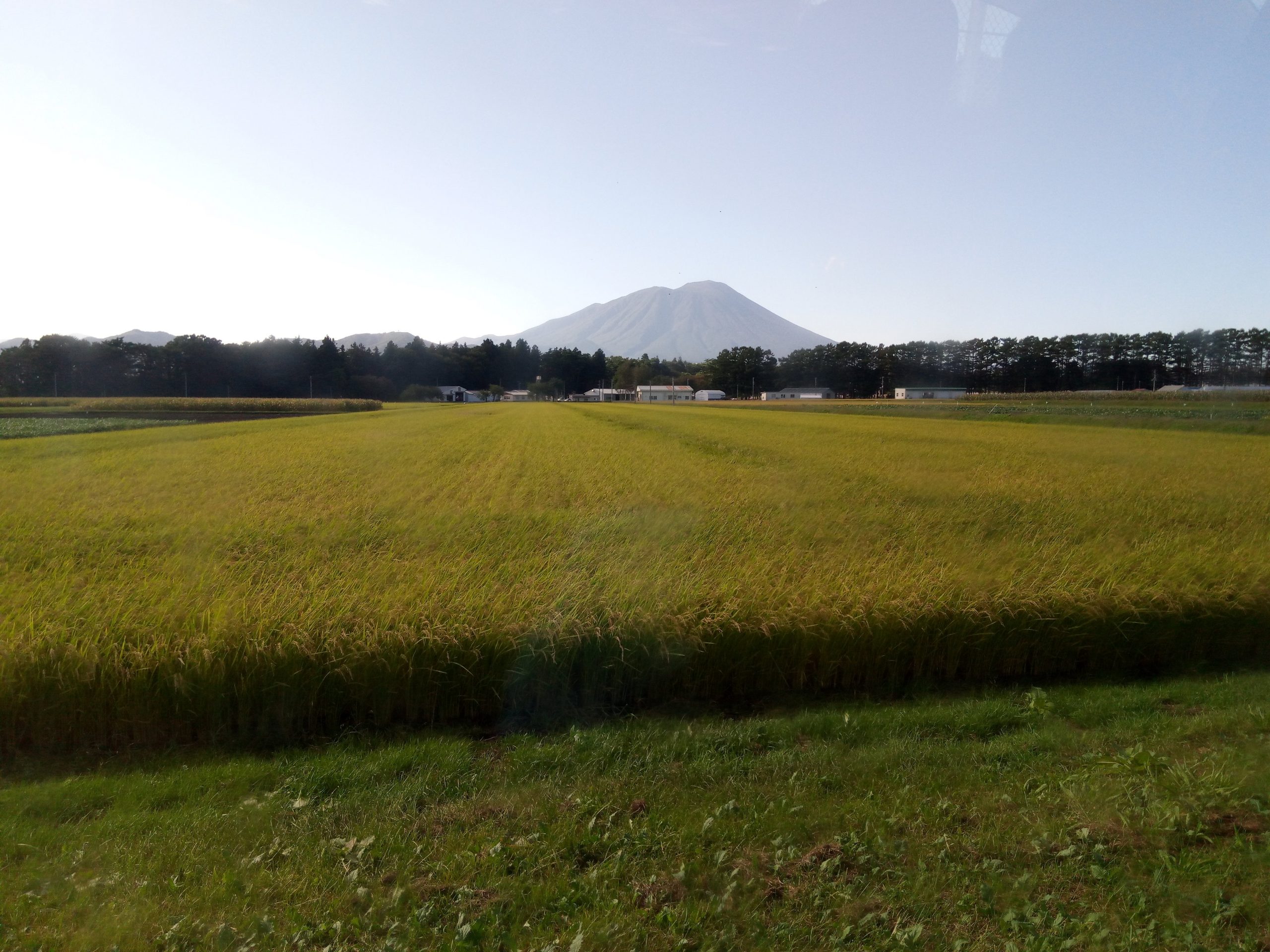
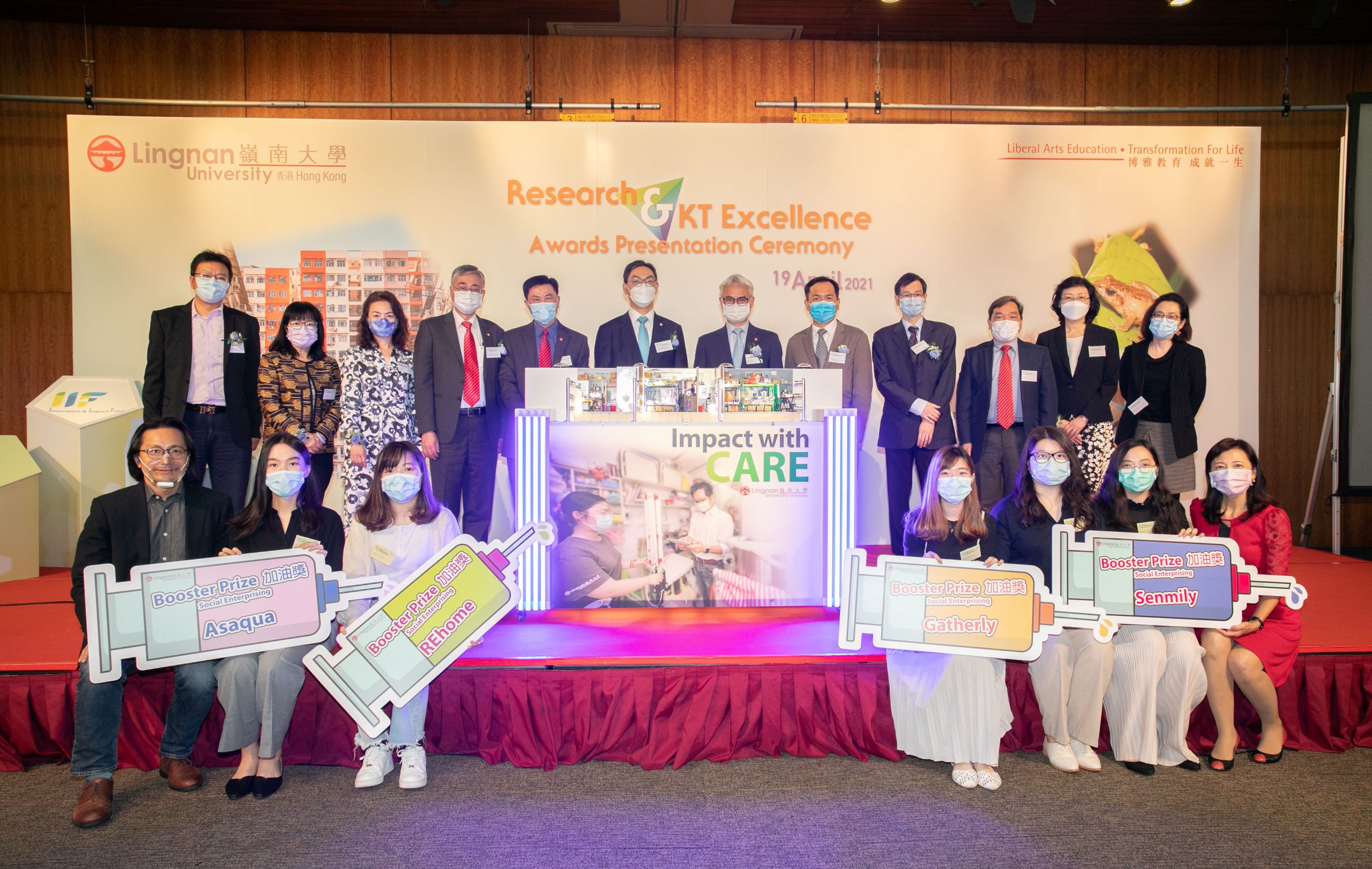
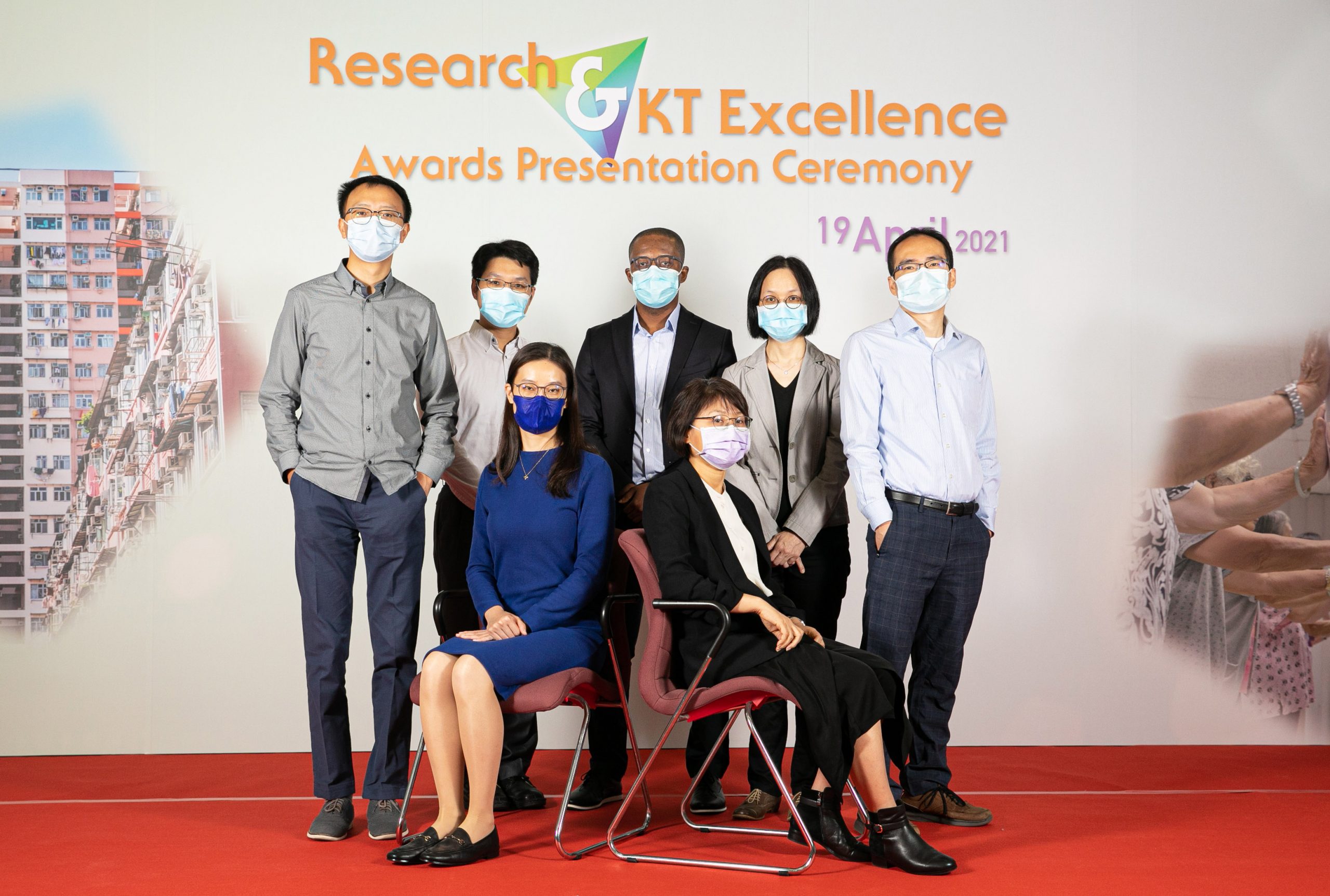 Four scholars received the Research Output Excellence Award, and four scholars achieved the Young Researcher Award. A further four projects were awarded the new Booster Prize, which rewards commitment to innovation and entrepreneurship which has a positive impact on humanity. Twenty-one scholars received the Research and Knowledge Transfer Fund Award.
Four scholars received the Research Output Excellence Award, and four scholars achieved the Young Researcher Award. A further four projects were awarded the new Booster Prize, which rewards commitment to innovation and entrepreneurship which has a positive impact on humanity. Twenty-one scholars received the Research and Knowledge Transfer Fund Award.